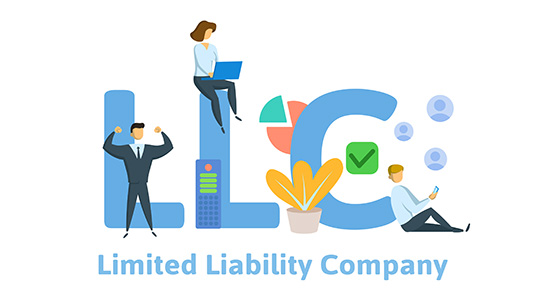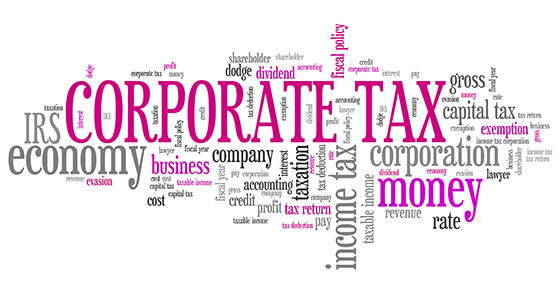
The accounting rules for reporting stock compensation have been expanded. They now include share-based payments to non-employees for providing goods and services, under recent guidance issued by the Financial Accounting Standards Board (FASB).
Old Rules
Under existing U.S. Generally Accepted Accounting Principles (GAAP), the FASB requires businesses that give stock awards to independent contractors or consultants to follow a separate standard from the one used for employee stock compensation.
Under Accounting Standards Codification (ASC) Subtopic 505-50, Equity — Equity-Based Payments to Non-Employees, the measurement date for nonemployees is determined at the earlier of the date at which:
- The commitment for performance is complete, or
- The counterparty’s performance is complete.
This requires judgment and tracking issues that have led to inconsistencies in financial reporting, especially if nonemployees are awarded stock options on a one-by-one basis, rather than a single large grant.
The FASB originally chose to apply different stock compensation guidance to nonemployees because independent contractors and consultants were perceived as having significant freedom to move from company to company. In theory, independent contractors could watch stock price movements to determine where to work.
However, the FASB now believes the assumptions behind the dual standards were overstated, because full-time employees also have the freedom to move from job to job.
New Rules
In June 2018, the FASB issued Accounting Standards Update (ASU) No. 2018-07, Compensation — Stock Compensation: Improvements to Non-employee Share-Based Payment Accounting. It eliminates the separate guidance for stock compensation paid to non-employees and aligns it with the guidance for stock compensation paid to employees.
Under the aligned guidance, all share-based compensation payments will be measured with an estimate of the fair value of the equity the business is obligated to issue at the grant date. The grant date is the date the business and the stock award recipient agree to the terms of the award. Essentially, compensation will be recognized in the same period and in the same manner as if the company had paid cash for goods or services instead of stock.
The guidance doesn’t cover stock compensation that’s used to provide financing to the company that issued the shares. It also doesn’t include stock awards tied to a sale of goods or services as part of a contract accounted for under the new-and-improved revenue recognition standard.
Effective Dates
The updated standard is effective for public companies for fiscal years that begin after December 15, 2018. Private companies have an extra year to implement the changes for annual reports.
Early adoption is generally permitted, but businesses aren’t allowed to follow the changes in ASU No. 2018-07 until they’ve implemented the new revenue recognition standard. Contact us for more information.
© 2019










